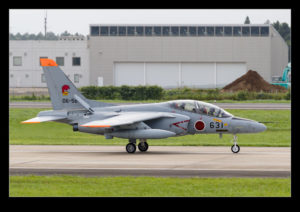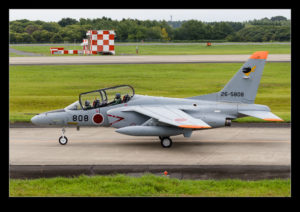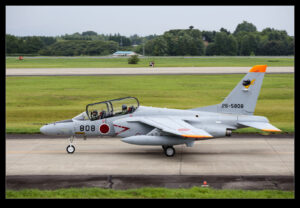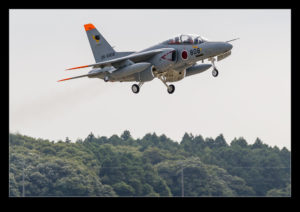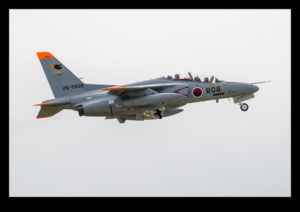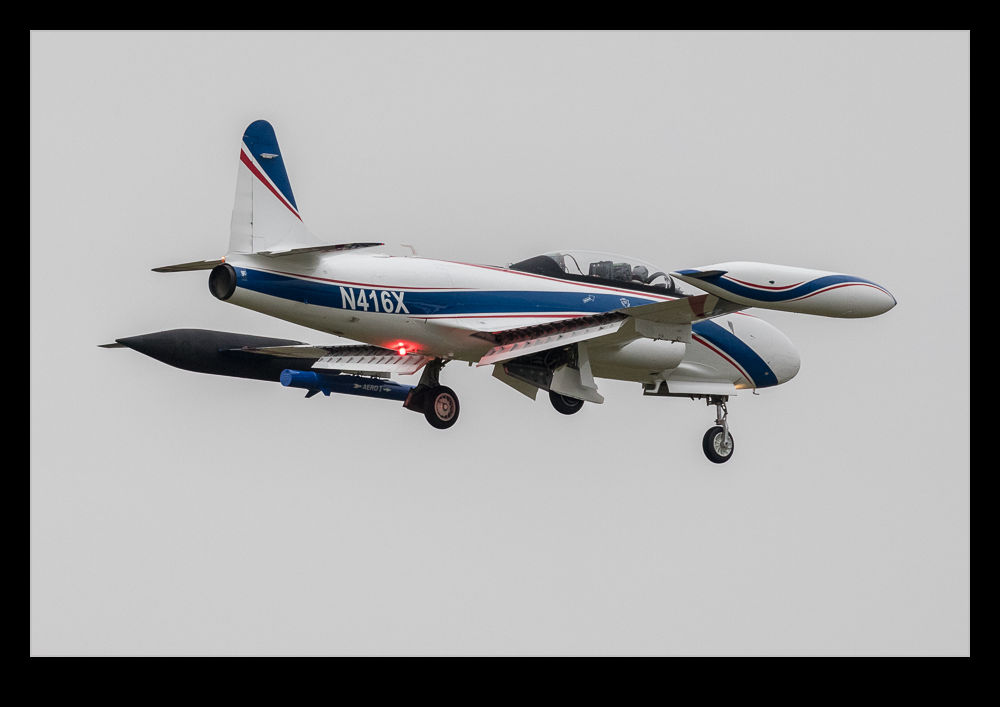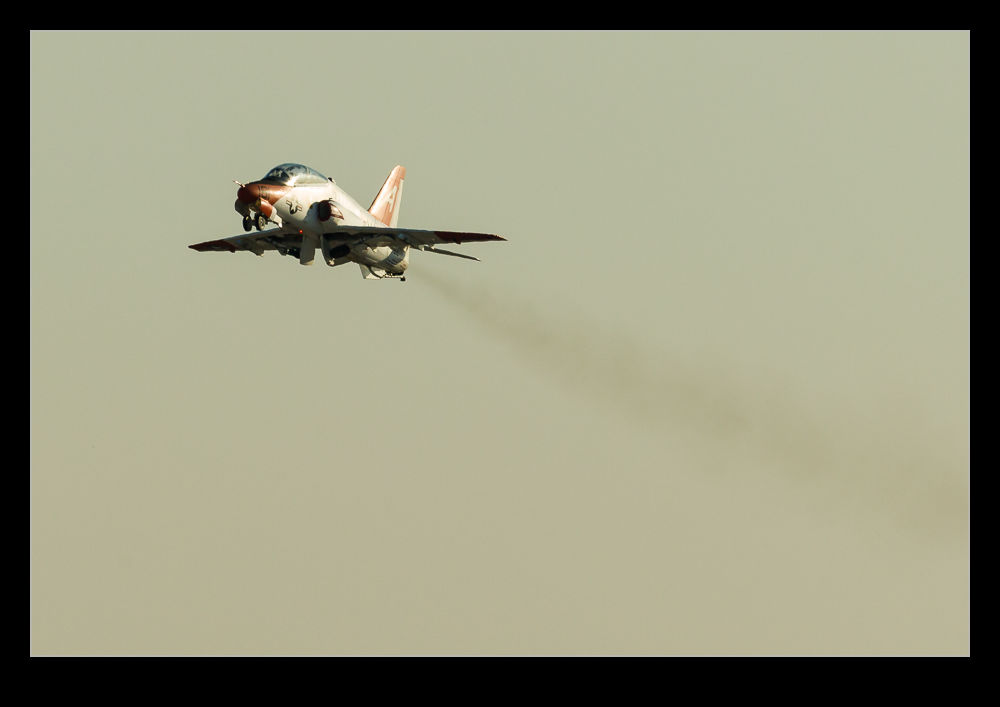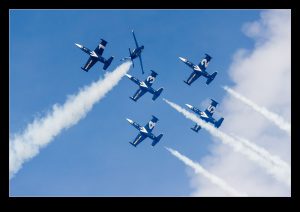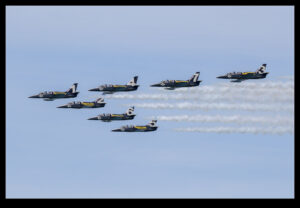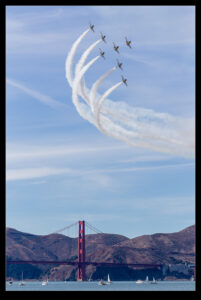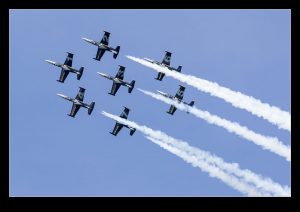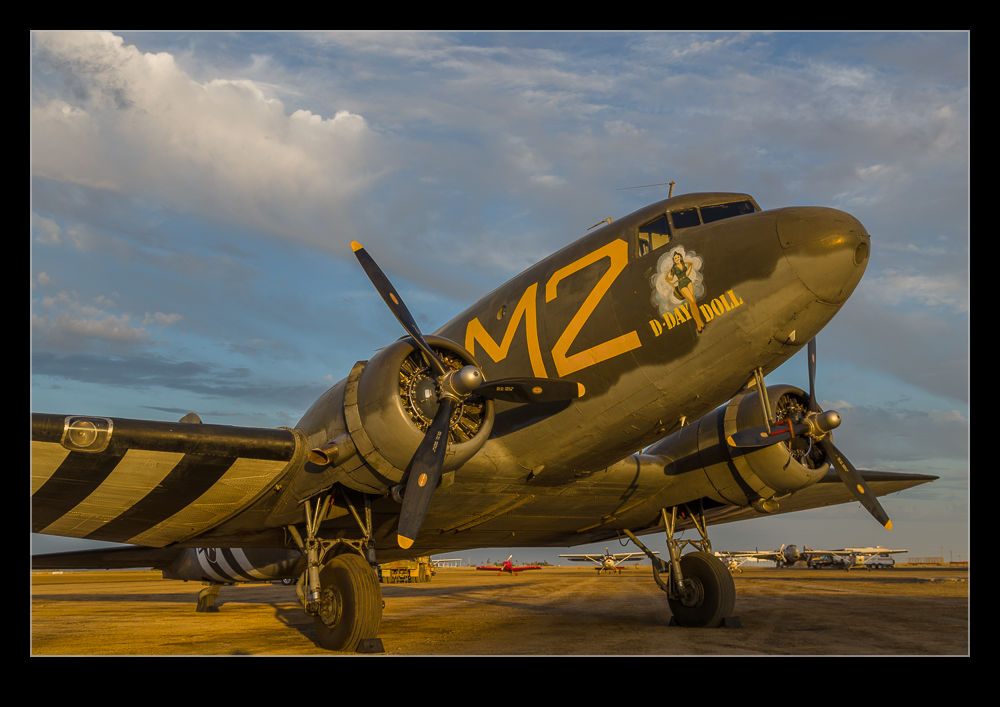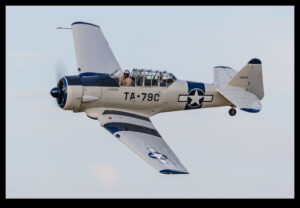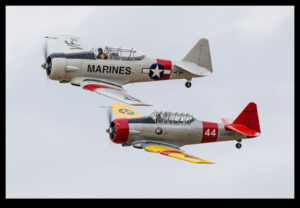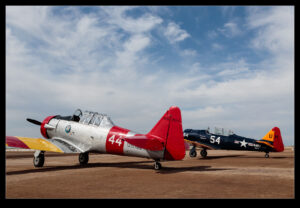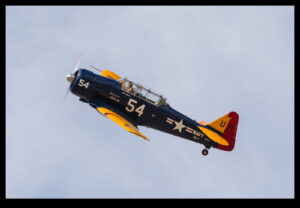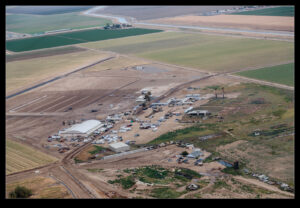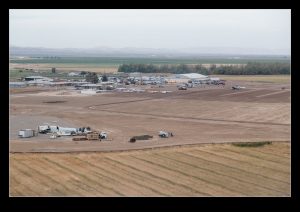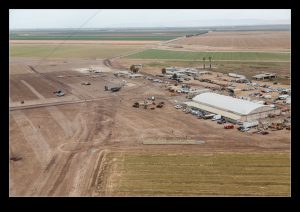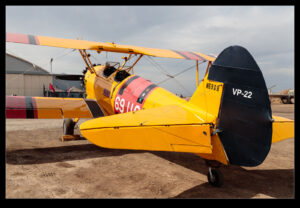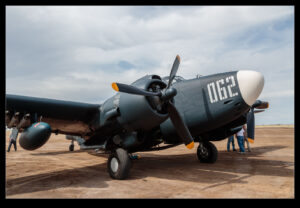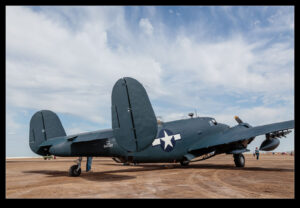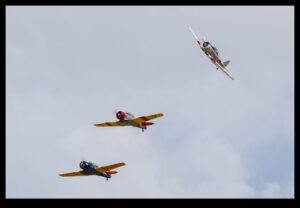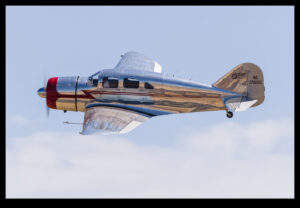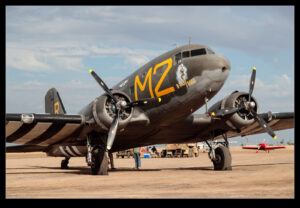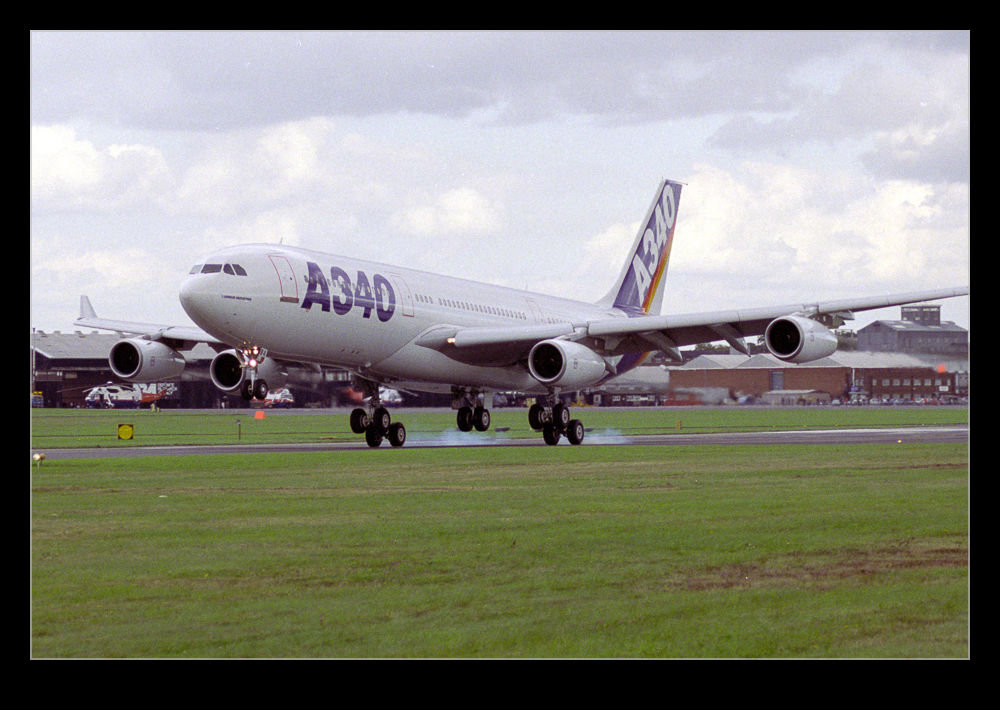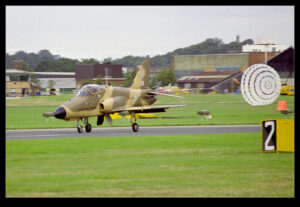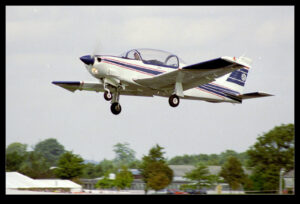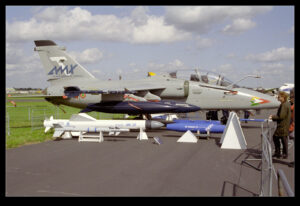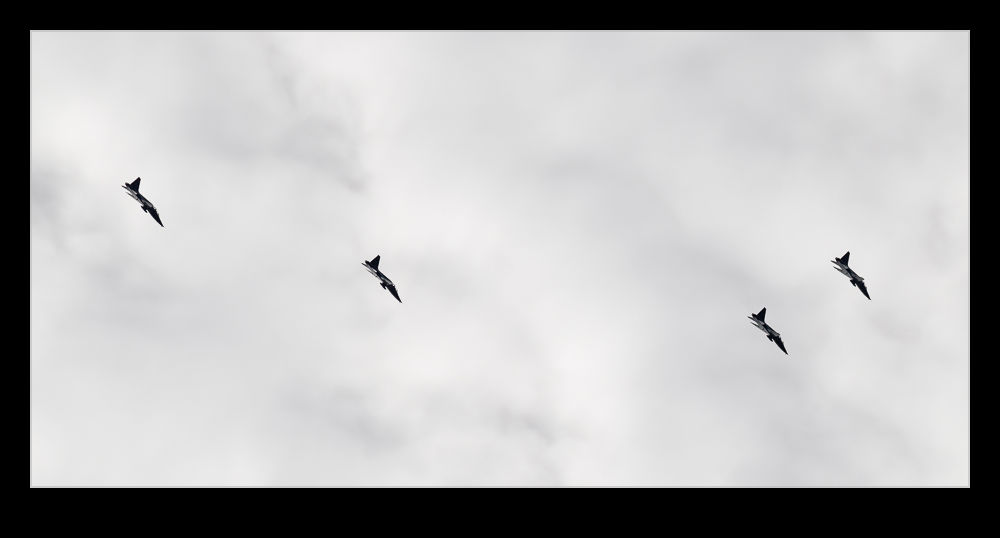 Hyakuri might be a base for Phantoms but it also comes with a ton of Kawasaki T-4s. The JASDF allocate T-4s to the squadrons to provide utility and training so you see a few of them on each of the ramps in squadron markings. I think this was the first time I had seen a T-4 for real. Having seen so many images of them over the years, I felt like I must have seen them but I don’t think I have. It is an interesting looking jet. A lot of similarity to the configuration of the Alpha Jet with a high wing and twin engines. It seemed to have a reasonable level of performance. Interestingly, they taxied with the canopy open which is something I don’t think I have ever seen done with the Hawk. Maybe the air conditioning isn’t great on the ground or maybe they just like it!
Hyakuri might be a base for Phantoms but it also comes with a ton of Kawasaki T-4s. The JASDF allocate T-4s to the squadrons to provide utility and training so you see a few of them on each of the ramps in squadron markings. I think this was the first time I had seen a T-4 for real. Having seen so many images of them over the years, I felt like I must have seen them but I don’t think I have. It is an interesting looking jet. A lot of similarity to the configuration of the Alpha Jet with a high wing and twin engines. It seemed to have a reasonable level of performance. Interestingly, they taxied with the canopy open which is something I don’t think I have ever seen done with the Hawk. Maybe the air conditioning isn’t great on the ground or maybe they just like it!
Tag Archives: trainer
A Pair of T-33s, How Nice
 A previous post talked about wanting to get the Boeing T-33s after having seen one of them flying over my office. I saw that two T-33s were actually operating out of St Louis. They appeared to be operating with the Catfish 757 testbed. A couple of days later I happened to see that the two jets were operating cross country, presumably en route back from St Louis to Seattle. Sure enough, that was what they were doing.
A previous post talked about wanting to get the Boeing T-33s after having seen one of them flying over my office. I saw that two T-33s were actually operating out of St Louis. They appeared to be operating with the Catfish 757 testbed. A couple of days later I happened to see that the two jets were operating cross country, presumably en route back from St Louis to Seattle. Sure enough, that was what they were doing.
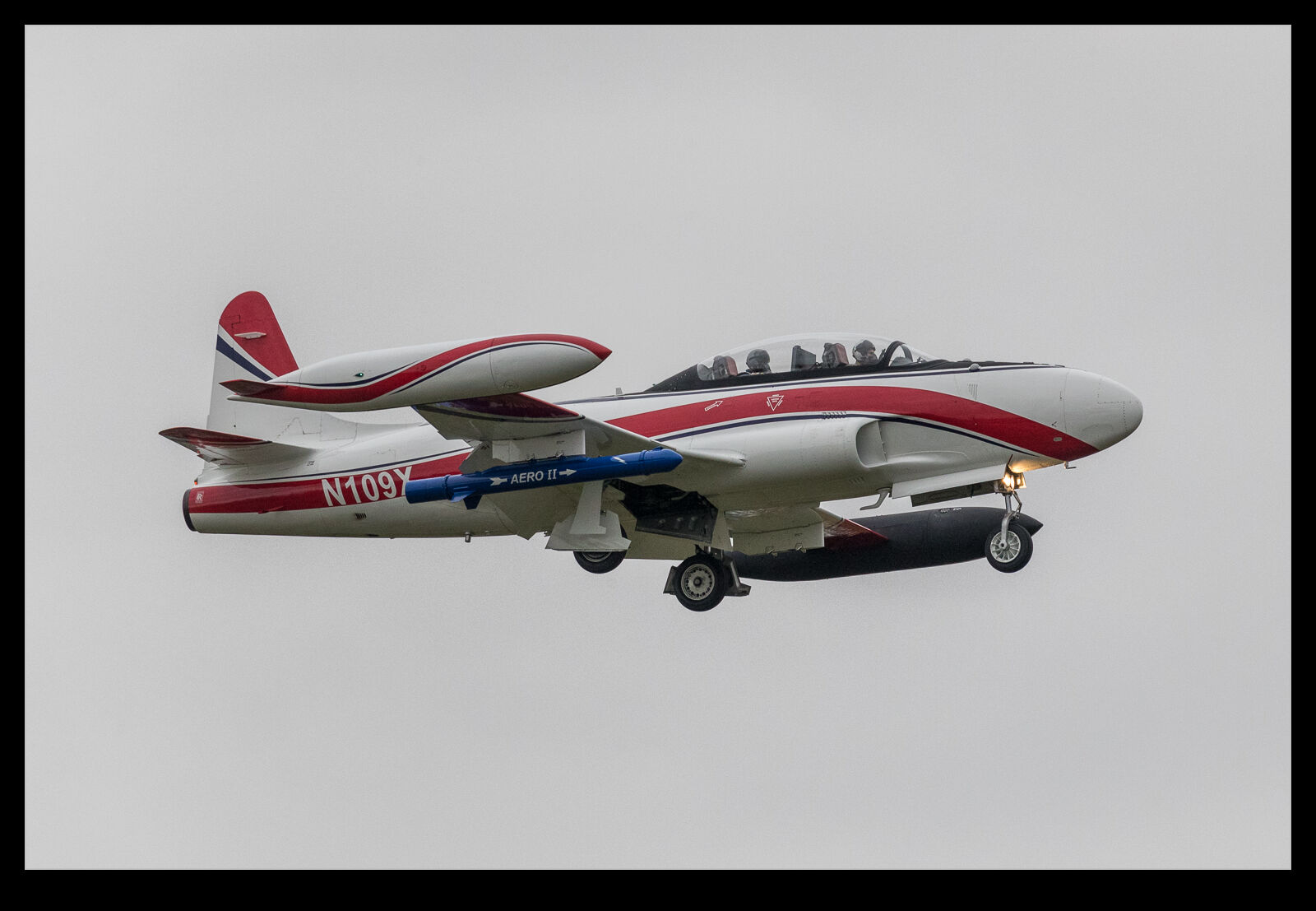 I was able to get to Boeing Field when they were completing the return journey. The tow jets were operating about ten minutes apart. The weather wasn’t great, unfortunately. There had been some nice sun a little earlier but, by the time they arrived, the clouds had rolled in. Even so, it was good to catch both jets. One of them was operating solo but the other had someone in the backseat who seemed to spot me and watched me most of the way down the approach.
I was able to get to Boeing Field when they were completing the return journey. The tow jets were operating about ten minutes apart. The weather wasn’t great, unfortunately. There had been some nice sun a little earlier but, by the time they arrived, the clouds had rolled in. Even so, it was good to catch both jets. One of them was operating solo but the other had someone in the backseat who seemed to spot me and watched me most of the way down the approach.
T-45 Nose Gear Door Sequencing
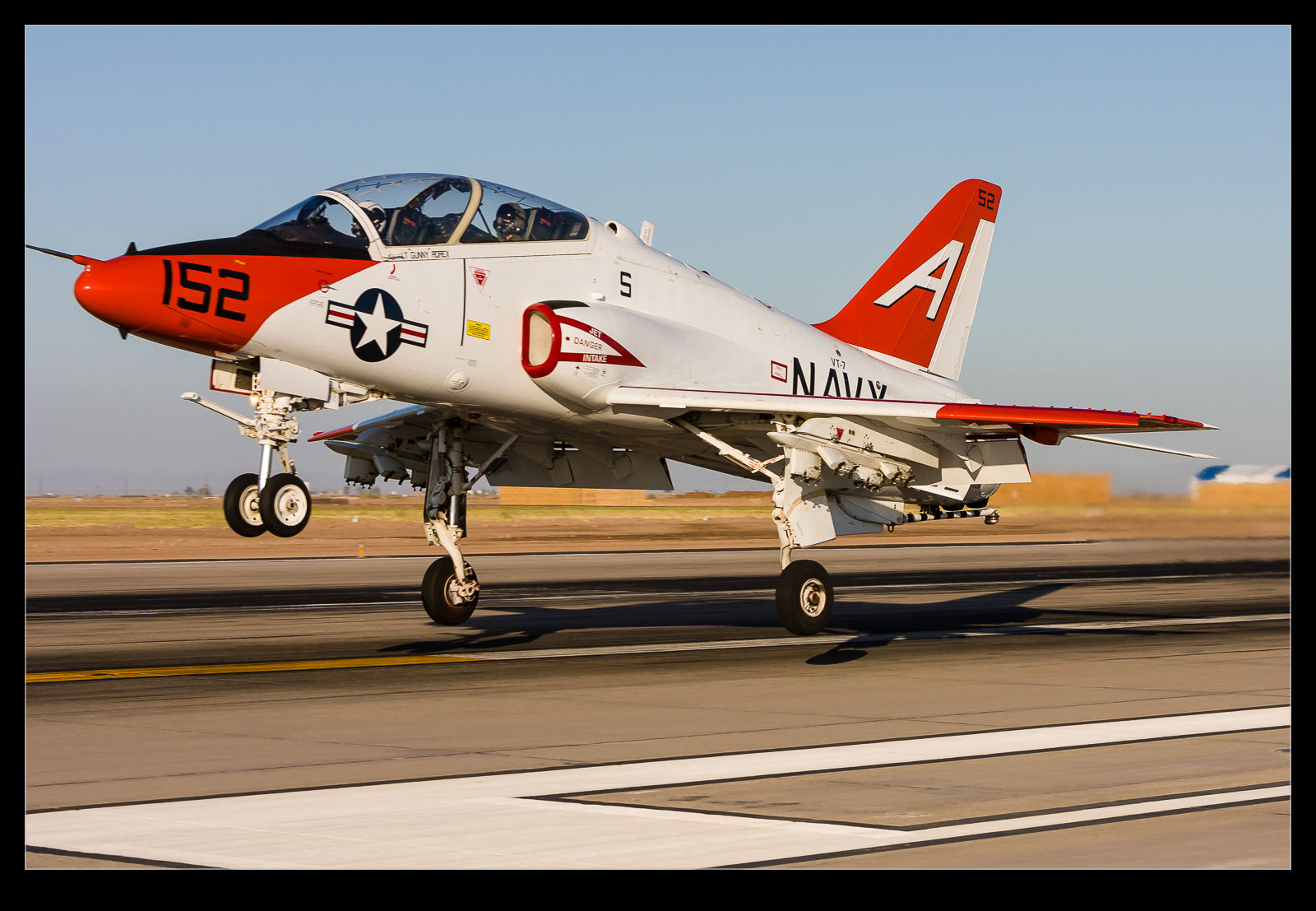 With a title like that, who could resist reading this one! The T-45 is a plane I have a close affinity with. It was my involvement with the project that first brought me to work in the US and it is responsible for me meeting Nancy. Aside from that, I got quite involved in many aspects of the plane’s design so feel like I know it quite well. It did not have a smooth entry to service and went through a multitude of upgrades prior to being accepted in to service. One of the lesser known items was the nose gear doors.
With a title like that, who could resist reading this one! The T-45 is a plane I have a close affinity with. It was my involvement with the project that first brought me to work in the US and it is responsible for me meeting Nancy. Aside from that, I got quite involved in many aspects of the plane’s design so feel like I know it quite well. It did not have a smooth entry to service and went through a multitude of upgrades prior to being accepted in to service. One of the lesser known items was the nose gear doors.
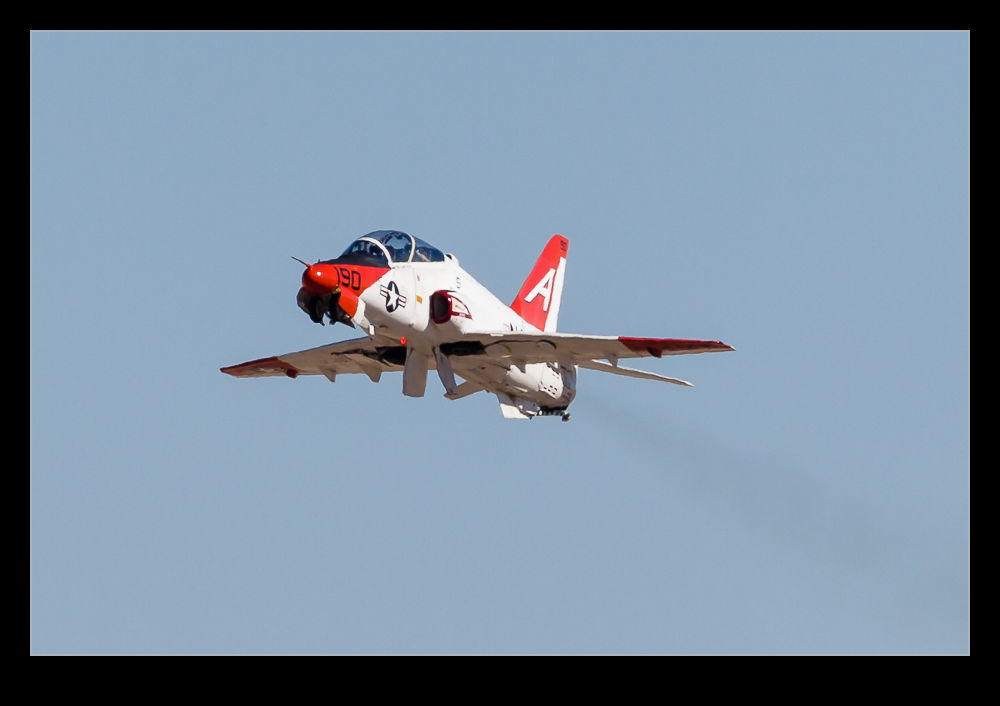 These were lumped in to a bunch of issues relating to directional stability. The front fuselage of the T-45 is considerably deeper than the original Hawk but the design originally had the same fin and actually lost the ventral fins that were either side of the airbrake on the original. Directional control was enhanced by adding a fin cap, modifying the rudder design and adding a new ventral fin on the arrestor hook fairing. One other change was made too.
These were lumped in to a bunch of issues relating to directional stability. The front fuselage of the T-45 is considerably deeper than the original Hawk but the design originally had the same fin and actually lost the ventral fins that were either side of the airbrake on the original. Directional control was enhanced by adding a fin cap, modifying the rudder design and adding a new ventral fin on the arrestor hook fairing. One other change was made too.
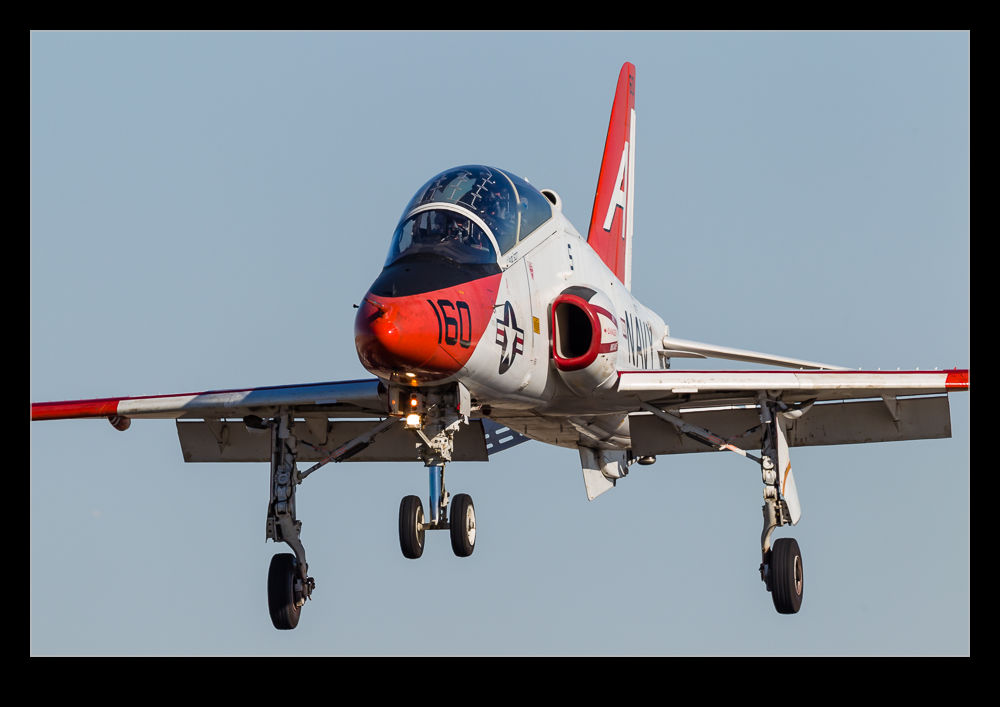 The carrier launch requirements meant the simple nose gear was replaced with a far chunkier assembly with dual wheels and the catapult launch bar, all of which was beefier enough to take the catapult launch loads. Covering this all up were big nose gear doors. These were originally either open or closed. If you look at the doors, you can see they are like adding large fins to the front fuselage. This is very destabilizing. The rear doors must stay open when the gear is down but the front doors were rescheduled to close again once the gear was down, making a substantial difference in directional stability. They have to open while the gear is transitioning and stability is reduced during this phase but it doesn’t last long. However, if you watch the retraction and extension sequence, you get a brief glimpse at how big these doors really are. From what I understand, a similar issue affected the F-35 and only the first airframe, AA-1, had the old single huge gear door.
The carrier launch requirements meant the simple nose gear was replaced with a far chunkier assembly with dual wheels and the catapult launch bar, all of which was beefier enough to take the catapult launch loads. Covering this all up were big nose gear doors. These were originally either open or closed. If you look at the doors, you can see they are like adding large fins to the front fuselage. This is very destabilizing. The rear doors must stay open when the gear is down but the front doors were rescheduled to close again once the gear was down, making a substantial difference in directional stability. They have to open while the gear is transitioning and stability is reduced during this phase but it doesn’t last long. However, if you watch the retraction and extension sequence, you get a brief glimpse at how big these doors really are. From what I understand, a similar issue affected the F-35 and only the first airframe, AA-1, had the old single huge gear door.
Breitling Jet Team
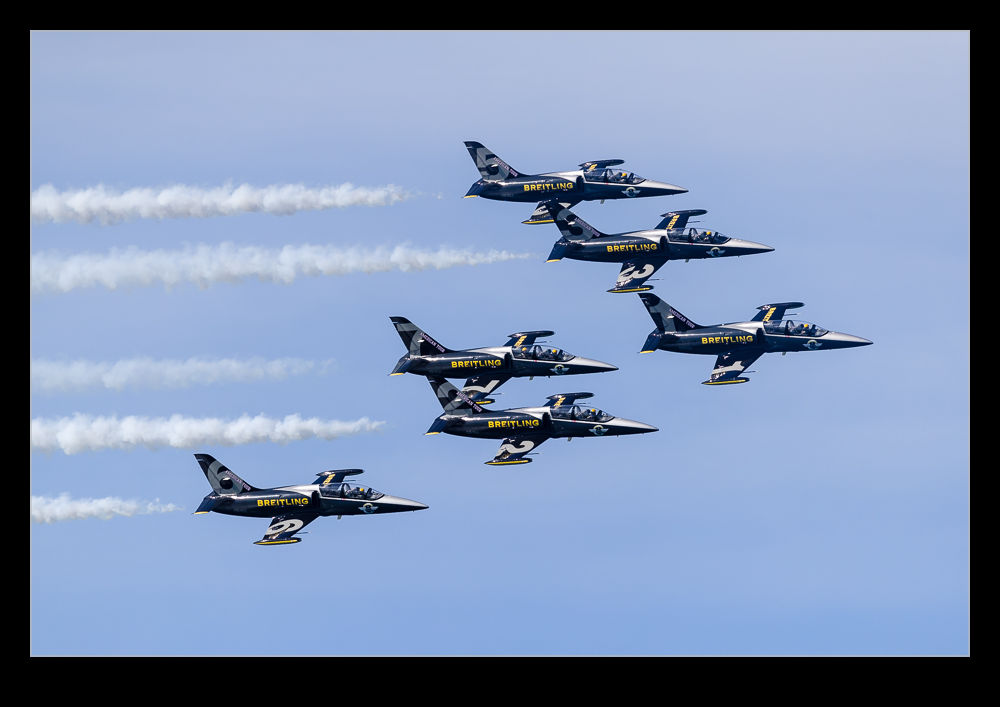 There are a number of jet display teams that are operated by militaries around the world. Private jet demo teams also exist although there are a lot less of them. The Aero Vodochody L39 Albatros is an airframe that has proved popular with private teams. In the Midwest, the Hoppers used to display with four jets while out west the Patriots team are a regular fixture. In Europe, the Breitling team has been around for a long time. I saw them when we still lived in the U.K. at a couple of shows but they decided to bring the team to the US for a couple of seasons.
There are a number of jet display teams that are operated by militaries around the world. Private jet demo teams also exist although there are a lot less of them. The Aero Vodochody L39 Albatros is an airframe that has proved popular with private teams. In the Midwest, the Hoppers used to display with four jets while out west the Patriots team are a regular fixture. In Europe, the Breitling team has been around for a long time. I saw them when we still lived in the U.K. at a couple of shows but they decided to bring the team to the US for a couple of seasons.
 My first chance to see them was at San Francisco Fleet Week. I didn’t have any expectations about how the show would be and I wasn’t super excited about seeing the team. However, I was pleasantly surprised by the show that they put on. The display was well planned and kept something going on in front of the crowd. The Albatros is not a powerful jet so they need to manage the energy well to keep the display going and they did this effectively. The backdrop of the bay was obviously a good addition to the display. They did combine the individual jets with the formation jets well. They also made good use of flares at one point during the vertical maneuvers. That is something you don’t see enough these days. Sadly, it doesn’t always translate as well on photos as it appeared when you are seeing the display.
My first chance to see them was at San Francisco Fleet Week. I didn’t have any expectations about how the show would be and I wasn’t super excited about seeing the team. However, I was pleasantly surprised by the show that they put on. The display was well planned and kept something going on in front of the crowd. The Albatros is not a powerful jet so they need to manage the energy well to keep the display going and they did this effectively. The backdrop of the bay was obviously a good addition to the display. They did combine the individual jets with the formation jets well. They also made good use of flares at one point during the vertical maneuvers. That is something you don’t see enough these days. Sadly, it doesn’t always translate as well on photos as it appeared when you are seeing the display.
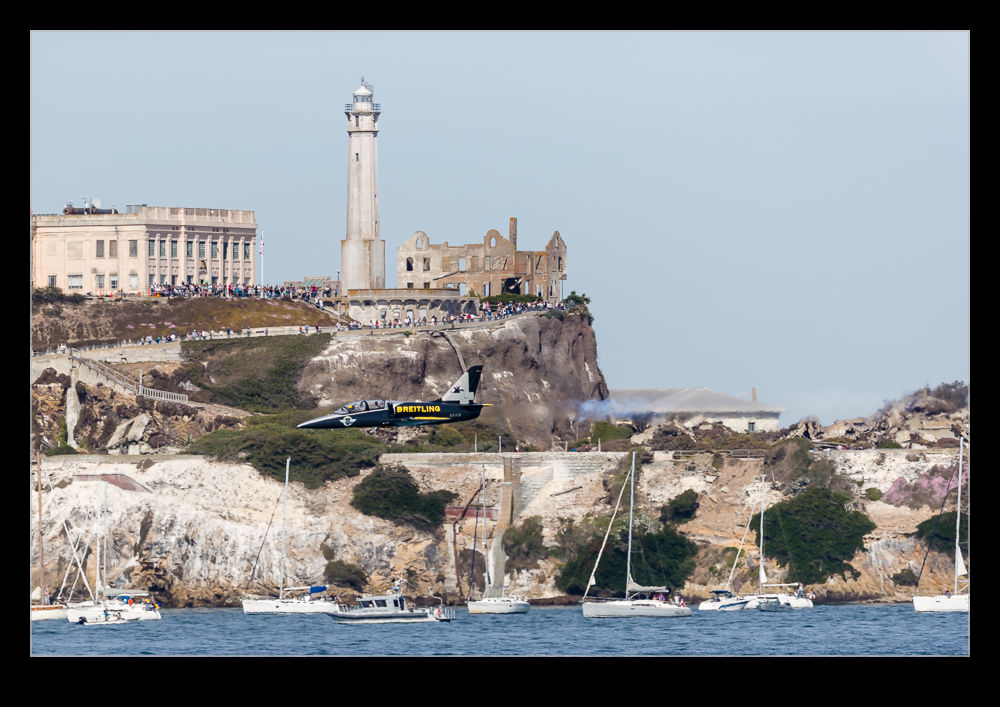 I don’t know what the plan is for the team this year but I imagine they will need to go back to Europe at some point. Two years away must have been an expensive proposition and means they will not have made any appearances over there. Maybe they will be here again but I can’t count on it. I think they are done. Good job though.
I don’t know what the plan is for the team this year but I imagine they will need to go back to Europe at some point. Two years away must have been an expensive proposition and means they will not have made any appearances over there. Maybe they will be here again but I can’t count on it. I think they are done. Good job though.
Some Nice Evening Light on the Planes
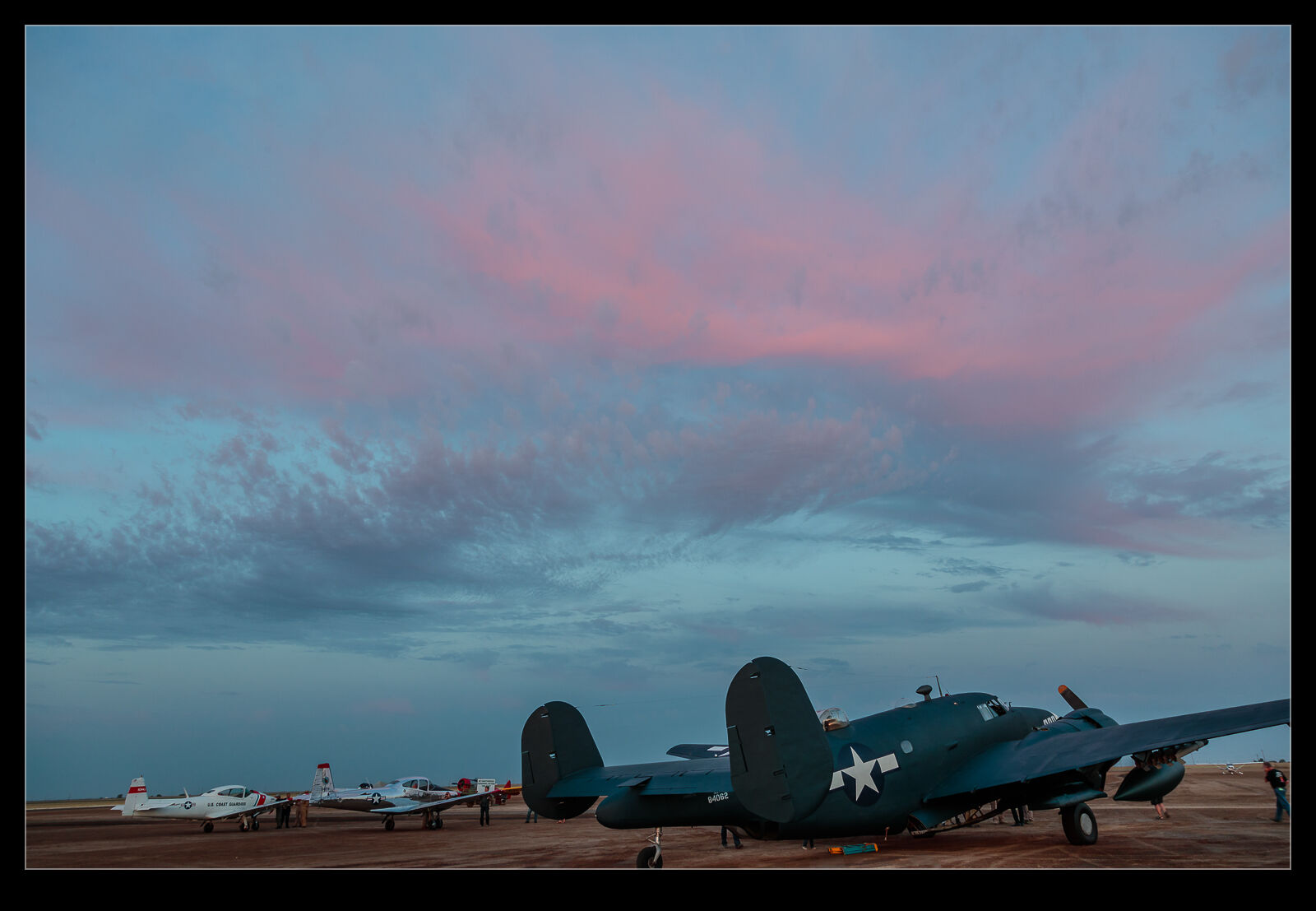 During the evening of the Eagle Field fly-in, there was a dinner held in the hangar. I took the time to wander around outside as it had become a lot quieter and the chances to shoot the aircraft had improved. As the sun went down, things got considerably better and the evening light was lovely. Not all aircraft were well oriented to take advantage of it but there was still plenty of scope.
During the evening of the Eagle Field fly-in, there was a dinner held in the hangar. I took the time to wander around outside as it had become a lot quieter and the chances to shoot the aircraft had improved. As the sun went down, things got considerably better and the evening light was lovely. Not all aircraft were well oriented to take advantage of it but there was still plenty of scope.
Eagle Field Fly-In
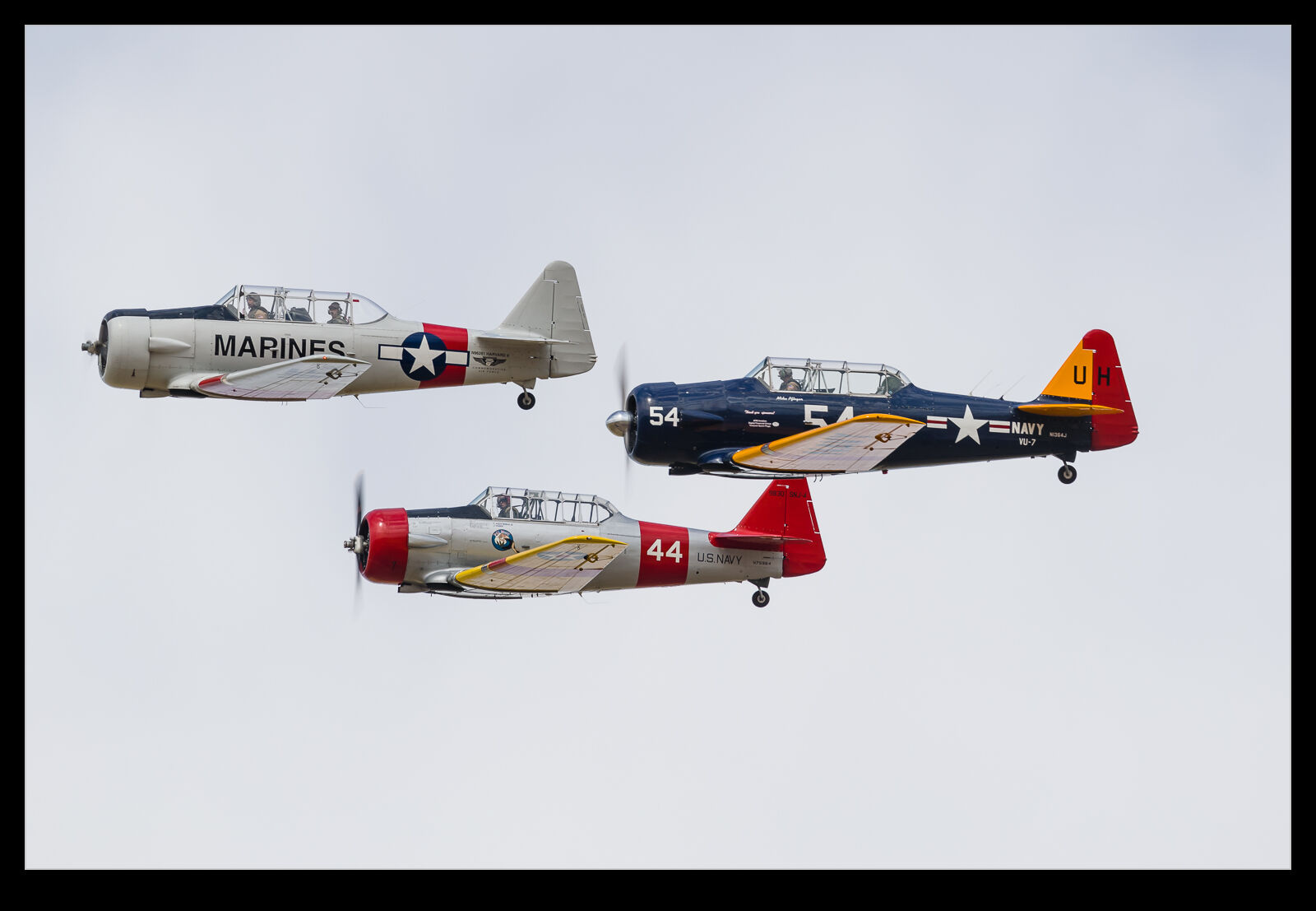 My trip in the Harpoon was to get to the fly-in at Eagle Field. This is an event that I previously didn’t know anything about so I went with few preconceptions. As it turned out, this year was not the most well attended that they have had. A selection of aircraft showed up for the event but not as many as hoped for. A few T-6s were there along with a C-54, some Navions, an Interstate Kadet and us. Some less exotic types were also there such as Pipers and Cessnas. There was also quite a gathering of military vehicles. These are not something that I know a lot about. During the day some reenactors also carried out some firefight demonstrations.
My trip in the Harpoon was to get to the fly-in at Eagle Field. This is an event that I previously didn’t know anything about so I went with few preconceptions. As it turned out, this year was not the most well attended that they have had. A selection of aircraft showed up for the event but not as many as hoped for. A few T-6s were there along with a C-54, some Navions, an Interstate Kadet and us. Some less exotic types were also there such as Pipers and Cessnas. There was also quite a gathering of military vehicles. These are not something that I know a lot about. During the day some reenactors also carried out some firefight demonstrations.
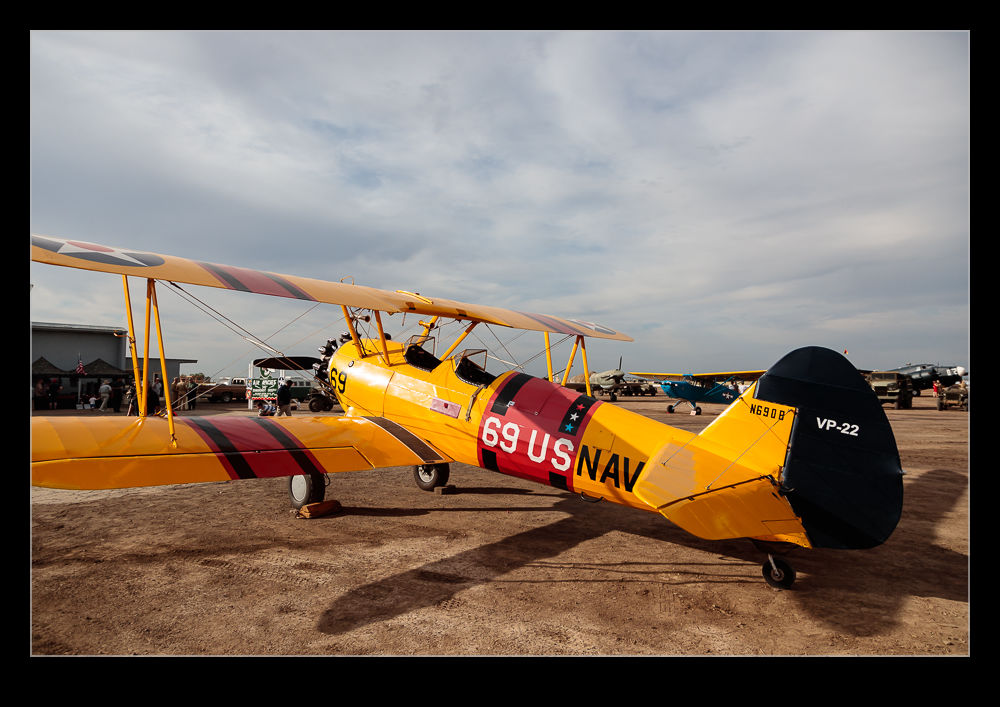 The following morning, the visitors headed back out. We were one of the last to go so got to watch the other aircraft start up, taxi out and take off. Most put in at least one pass before they headed home.
The following morning, the visitors headed back out. We were one of the last to go so got to watch the other aircraft start up, taxi out and take off. Most put in at least one pass before they headed home.
Everyone Has a Trainer Design
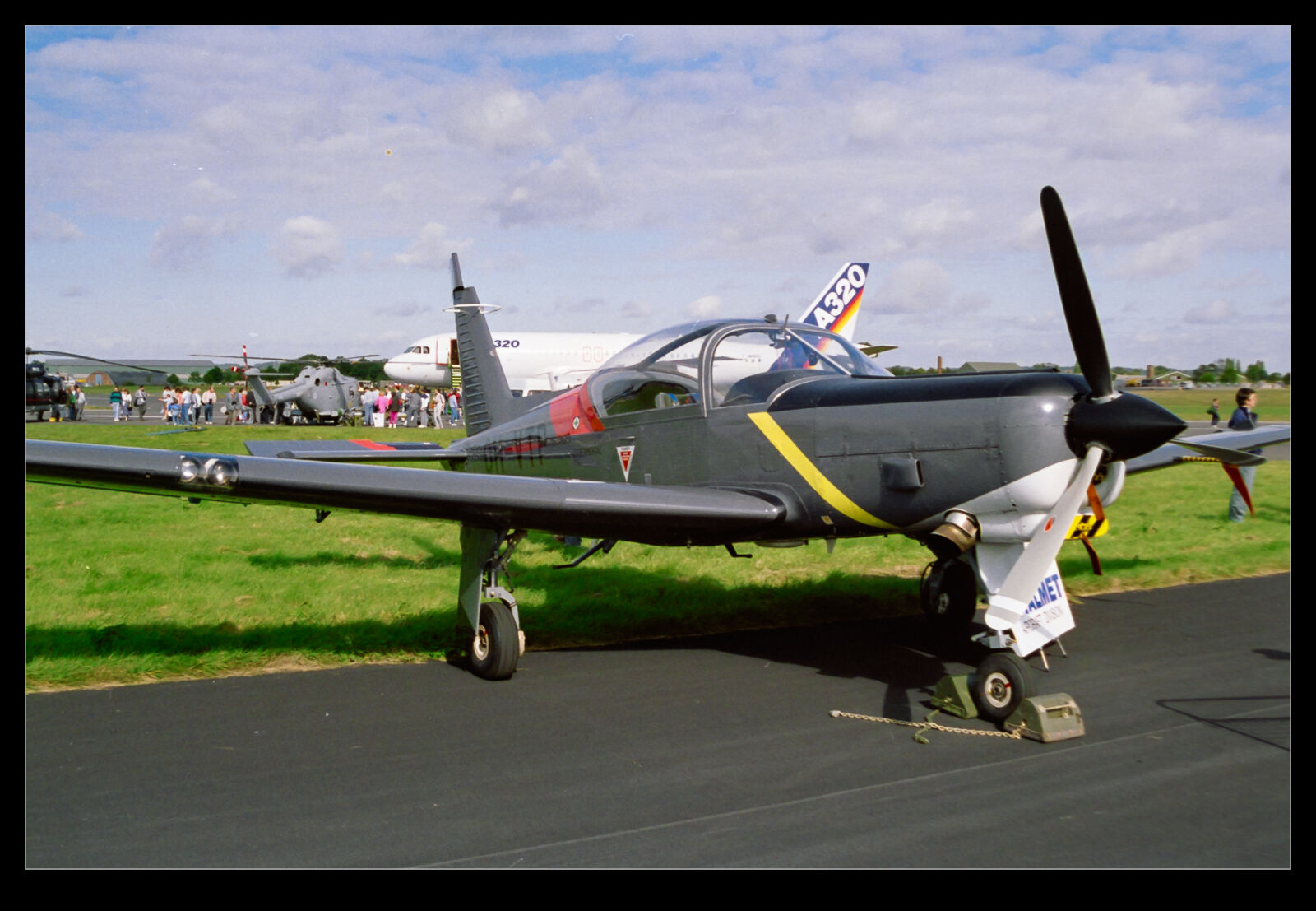 The late 80s was a period when a whole bunch of companies were trying to come up with the perfect trainer. A large number of sir forces were considering the replacement of their trainer fleets and much discussion was underway about what the appropriate type of trainer was for the future. Basic jet trainers were ultimately going to be replaced with turboprops in a lot of places but that was in the future. Meanwhile, all sorts of trainer designs were in the works either for the basic training task or for slightly more advanced levels of tuition.
The late 80s was a period when a whole bunch of companies were trying to come up with the perfect trainer. A large number of sir forces were considering the replacement of their trainer fleets and much discussion was underway about what the appropriate type of trainer was for the future. Basic jet trainers were ultimately going to be replaced with turboprops in a lot of places but that was in the future. Meanwhile, all sorts of trainer designs were in the works either for the basic training task or for slightly more advanced levels of tuition.
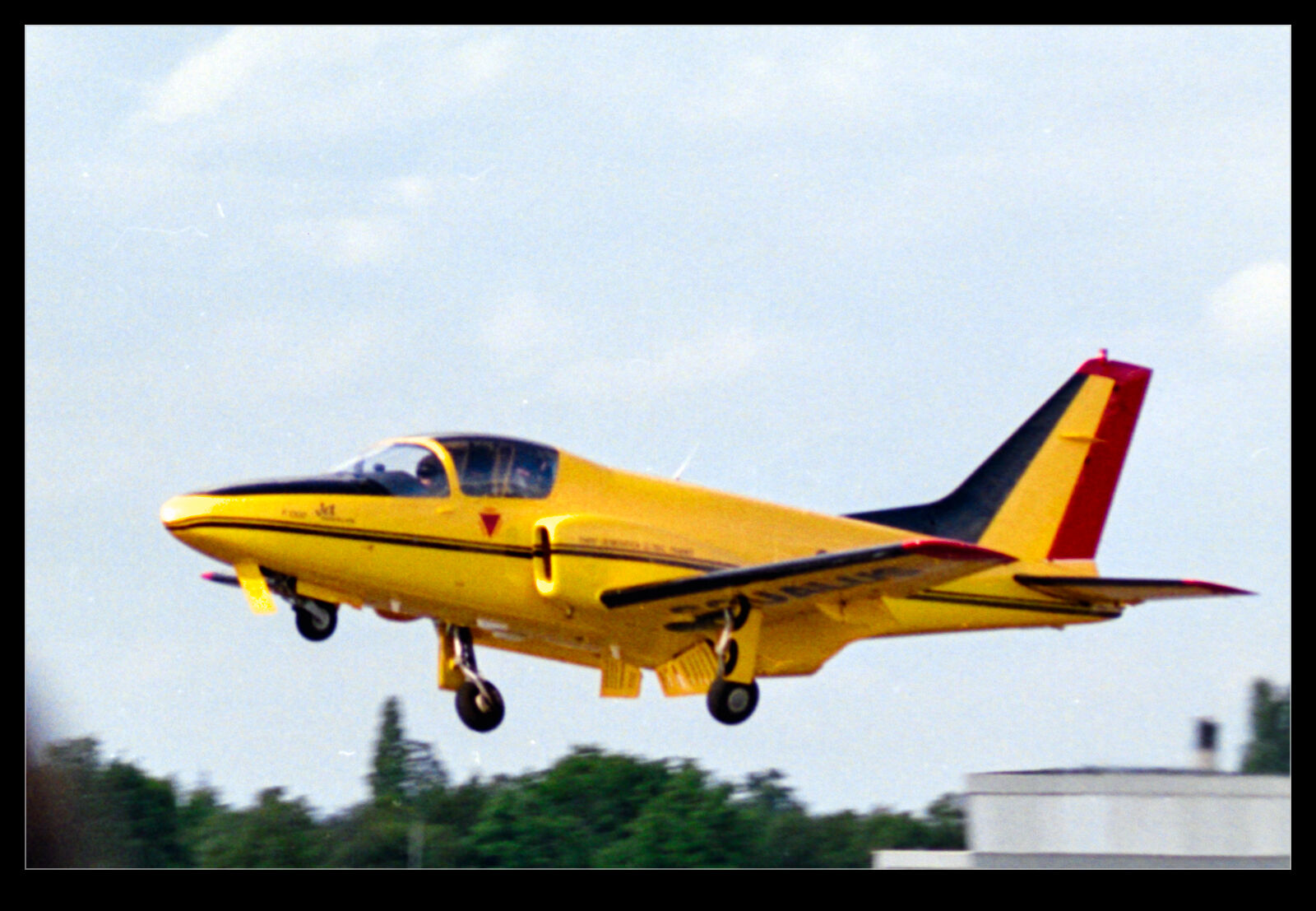 Some of these designs made it to production. Some of them never got beyond the prototype stage. Not all of them went away entirely. Even today you can still see some of the designs in an upgraded and modernized form being pitched at much the same market as they were thirty years ago.
Some of these designs made it to production. Some of them never got beyond the prototype stage. Not all of them went away entirely. Even today you can still see some of the designs in an upgraded and modernized form being pitched at much the same market as they were thirty years ago.
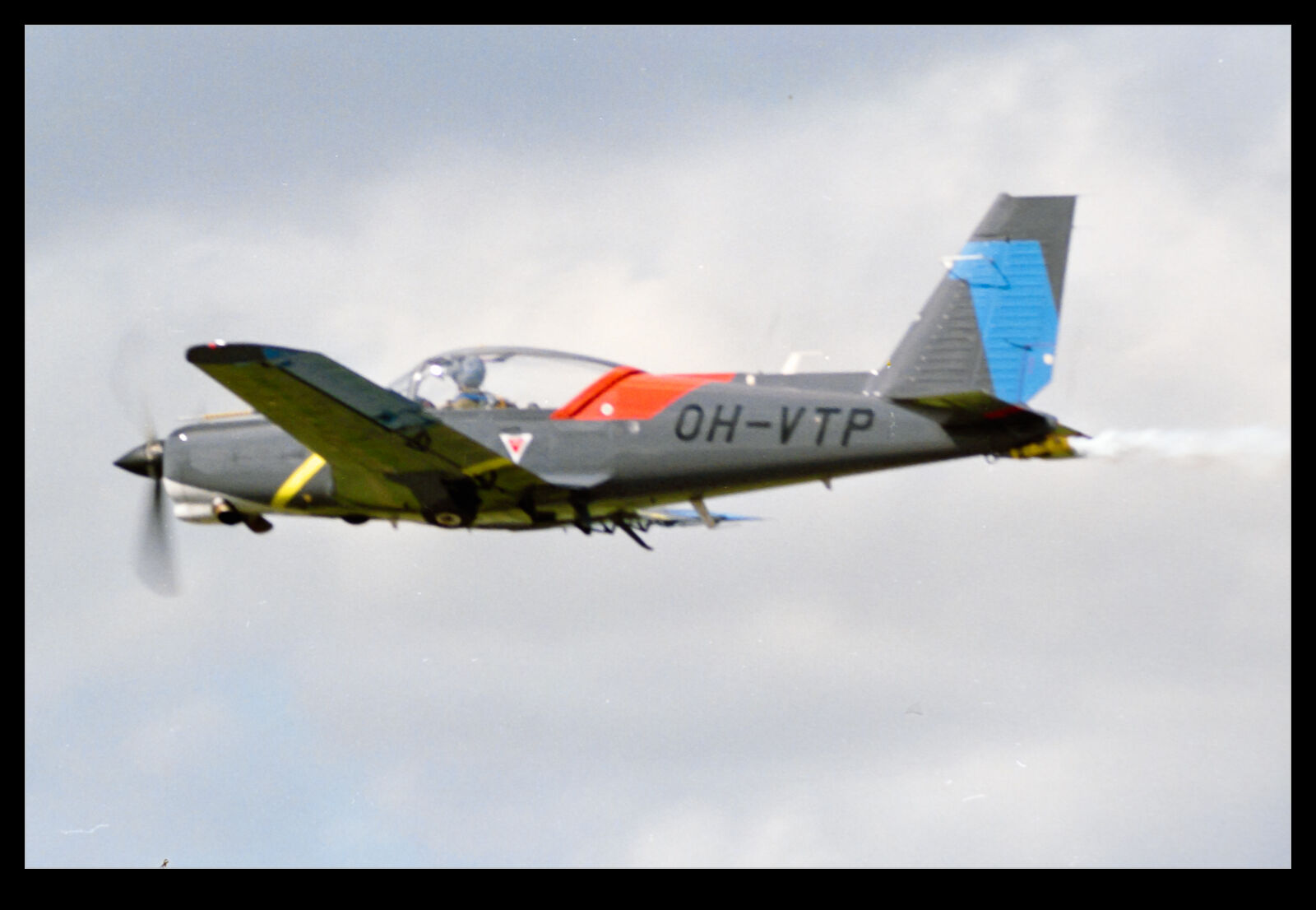 Let’s start with the Redigo. Built by Valmet in Finland, the Redigo was a turboprop evolution of a previous piston trainer, the Vinka. It was seen as a capable but low cost training solution. Finland bought a number although they are now retired. A couple of export customers also took some. Aermacchi bought the rights to the aircraft in the 90s but I haven’t heard much about it since.
Let’s start with the Redigo. Built by Valmet in Finland, the Redigo was a turboprop evolution of a previous piston trainer, the Vinka. It was seen as a capable but low cost training solution. Finland bought a number although they are now retired. A couple of export customers also took some. Aermacchi bought the rights to the aircraft in the 90s but I haven’t heard much about it since.
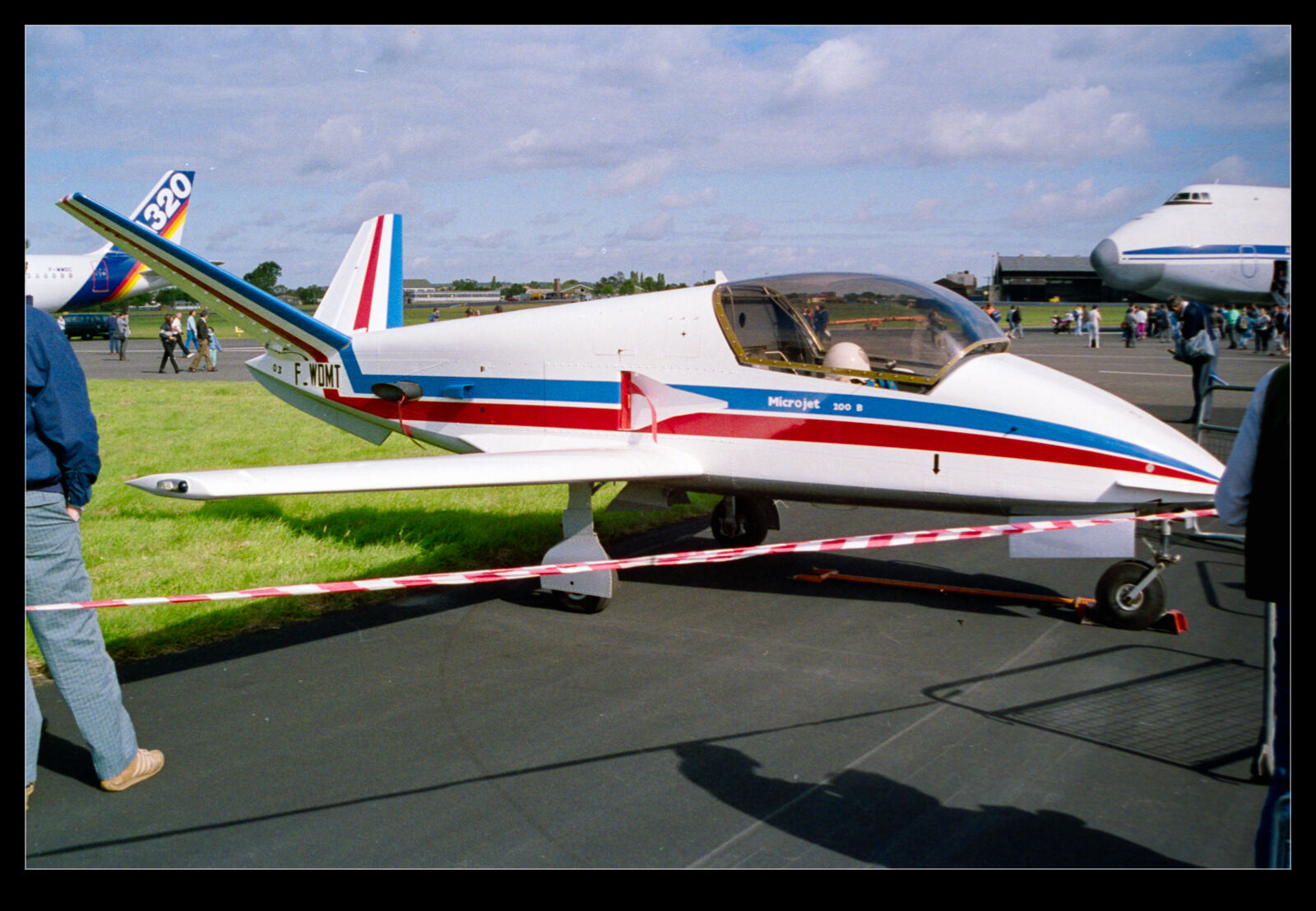 The Microjet was a small French design. Powered by a couple of diminutive Marbore turbojets, it produced way more noise than its small size would have suggested. The V tail configuration was distinctive and it made a number of airshow appearances. The project was supposedly driven by Microturbo, the manufacturer of the Marbore engine – presumably to create a market for the engine. It never proceeded beyond the prototype stage though.
The Microjet was a small French design. Powered by a couple of diminutive Marbore turbojets, it produced way more noise than its small size would have suggested. The V tail configuration was distinctive and it made a number of airshow appearances. The project was supposedly driven by Microturbo, the manufacturer of the Marbore engine – presumably to create a market for the engine. It never proceeded beyond the prototype stage though.
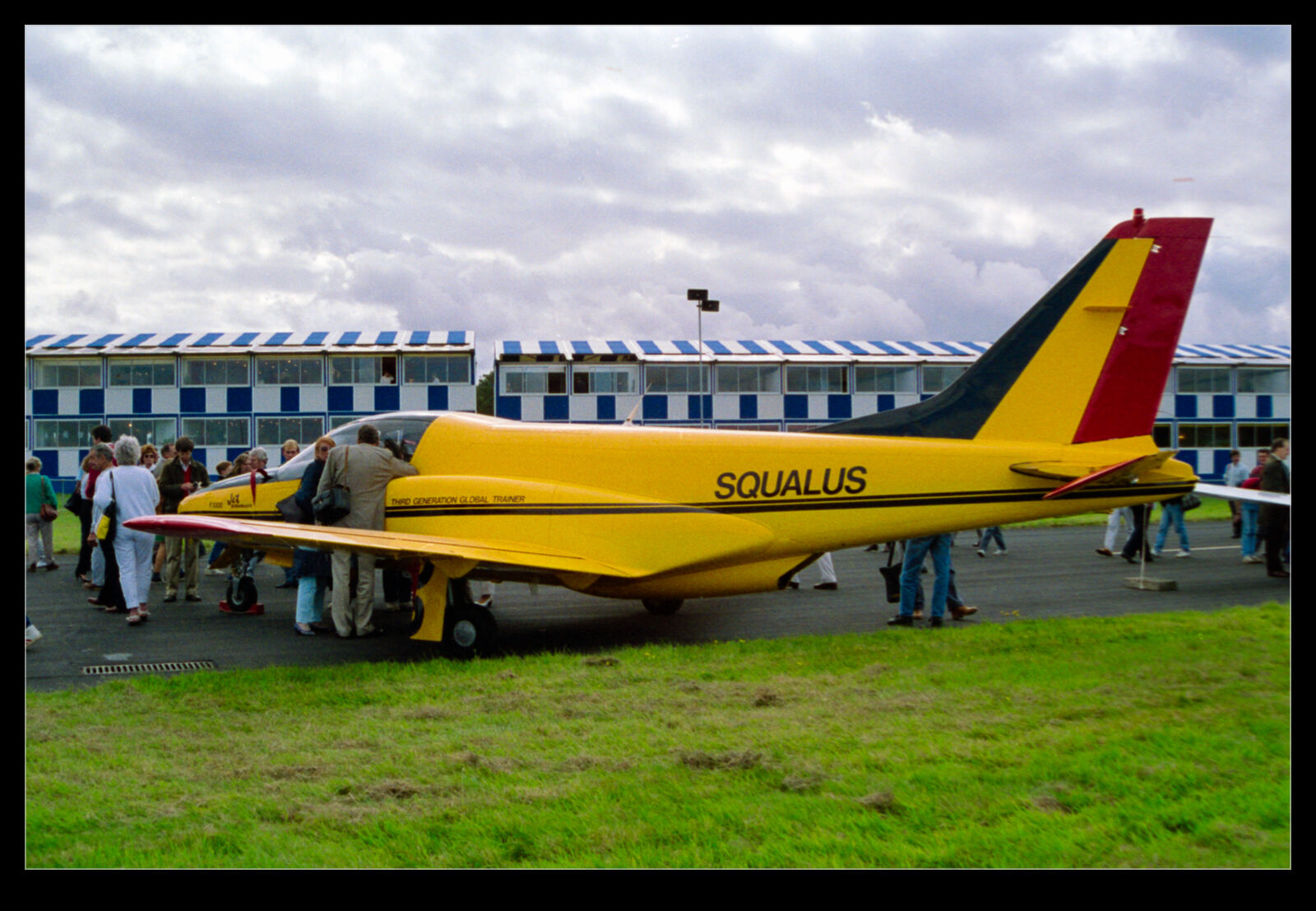 Promavia created the Jet Squalus aircraft. Promavia were a Belgian company but the design was originally from Stelio Frati in Italy. Painted in colors that represented Belgium, it showed up at a number of air shows. However, it also never proceeded beyond the prototype stage.
Promavia created the Jet Squalus aircraft. Promavia were a Belgian company but the design was originally from Stelio Frati in Italy. Painted in colors that represented Belgium, it showed up at a number of air shows. However, it also never proceeded beyond the prototype stage.
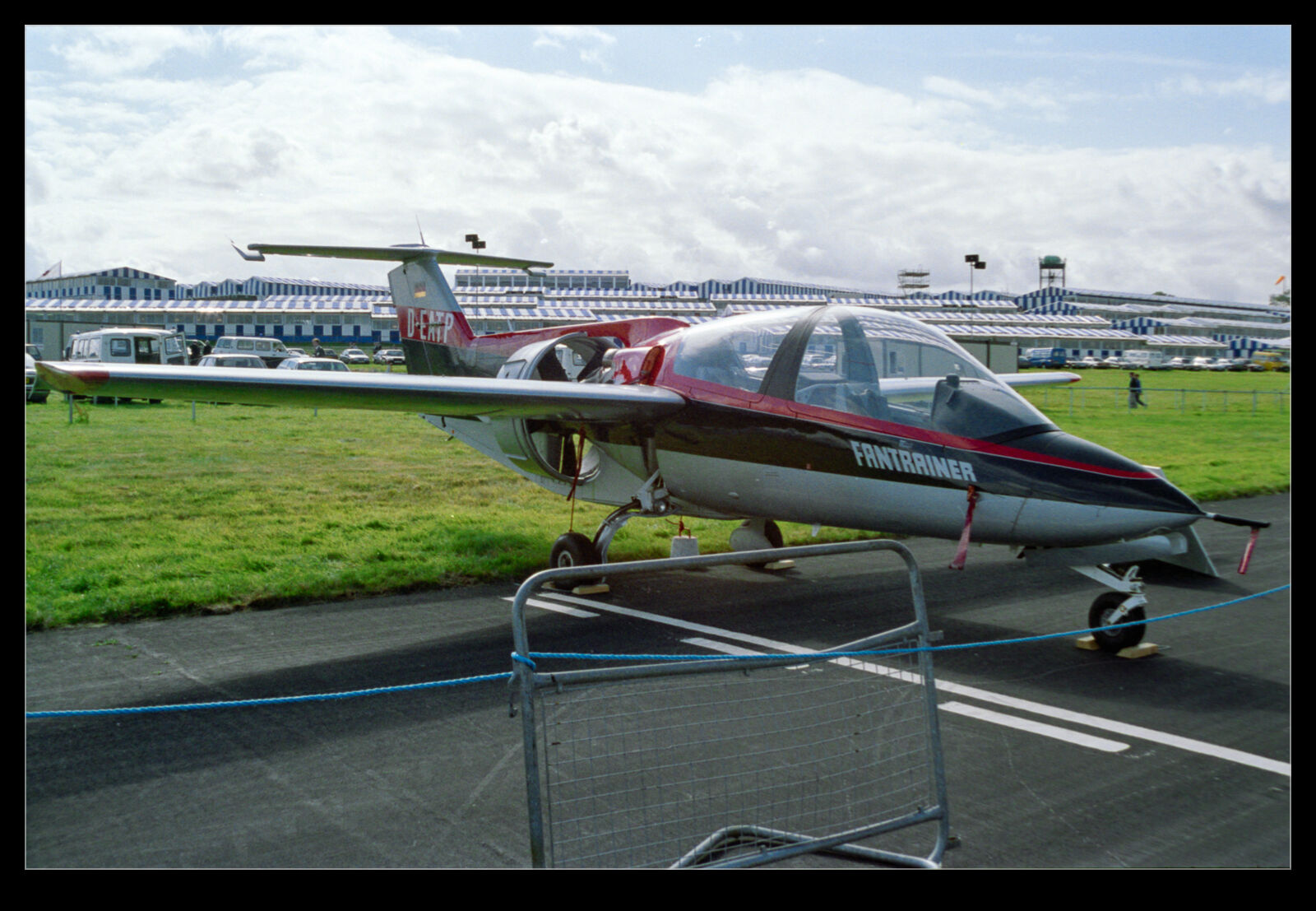 The RFB Fantrainer was a German program. It was a tandem seat aircraft with a ducted fan behind the cockpit. It was designed to provide fighter-like handling characteristics in a training aircraft. It was judged successfully in a competition to provide a trainer for the Luftwaffe but instead they went with a USAF based training program and did not take the aircraft. It was sold to Thailand, though. I don’t know what their current status is. The aircraft was also the basis for a jet powered aircraft offered for the US JPATS competition by Rockwell. However, it lost to what became the T-6 Texan II.
The RFB Fantrainer was a German program. It was a tandem seat aircraft with a ducted fan behind the cockpit. It was designed to provide fighter-like handling characteristics in a training aircraft. It was judged successfully in a competition to provide a trainer for the Luftwaffe but instead they went with a USAF based training program and did not take the aircraft. It was sold to Thailand, though. I don’t know what their current status is. The aircraft was also the basis for a jet powered aircraft offered for the US JPATS competition by Rockwell. However, it lost to what became the T-6 Texan II.
Tucanos Low Level (But I’m Not Prepared)
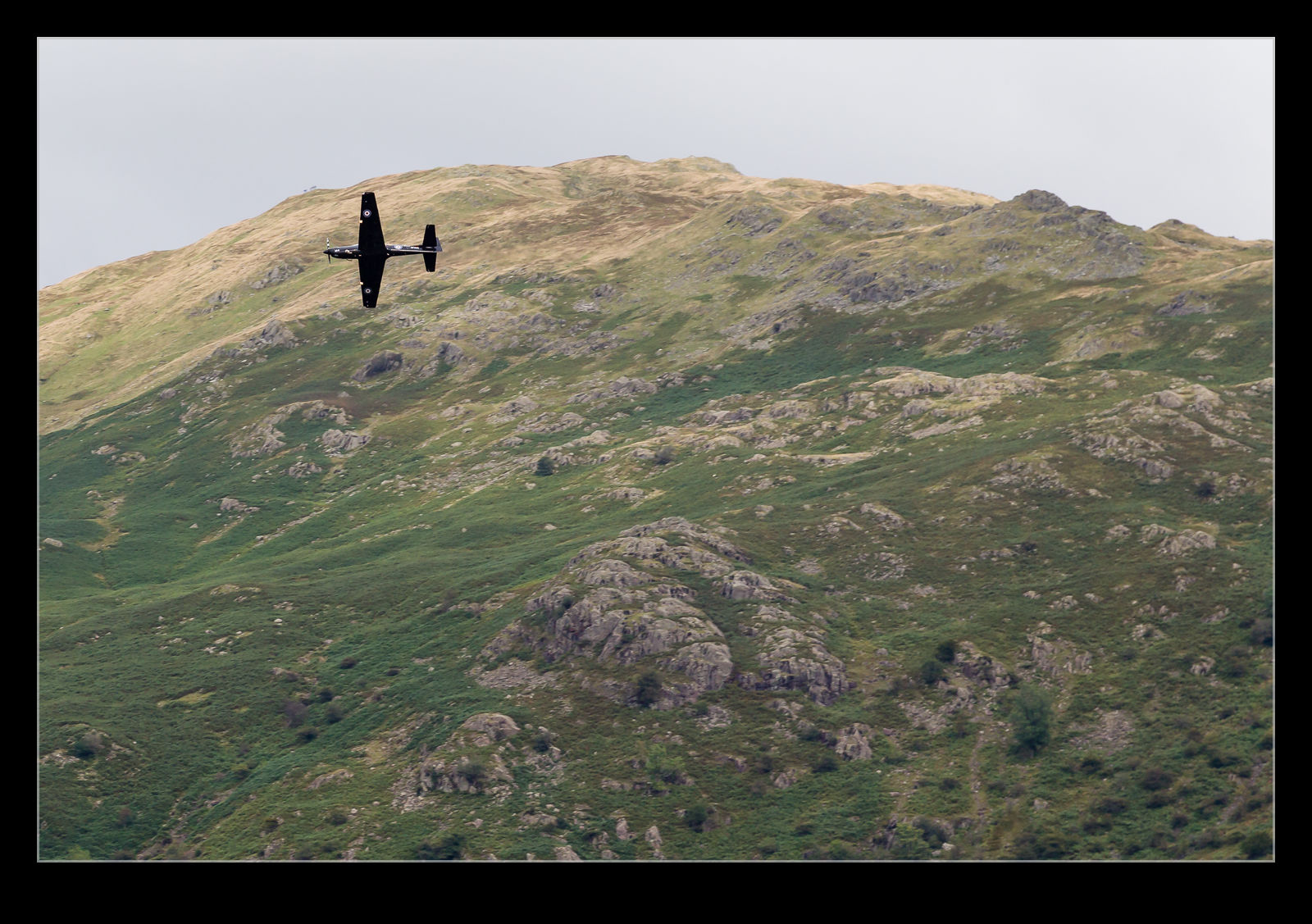 The Lake District is an area that is known to be popular for low flying military aircraft. In all of the years I have been going there, I have hardly seen any jets coming through. Mainly that was because I was there at the weekend and the military don’t tend to fly much at the weekend. I was hopeful that we might see some traffic on this trip since we would be there midweek. We did get some traffic but it didn’t go quite as planned.
The Lake District is an area that is known to be popular for low flying military aircraft. In all of the years I have been going there, I have hardly seen any jets coming through. Mainly that was because I was there at the weekend and the military don’t tend to fly much at the weekend. I was hopeful that we might see some traffic on this trip since we would be there midweek. We did get some traffic but it didn’t go quite as planned.
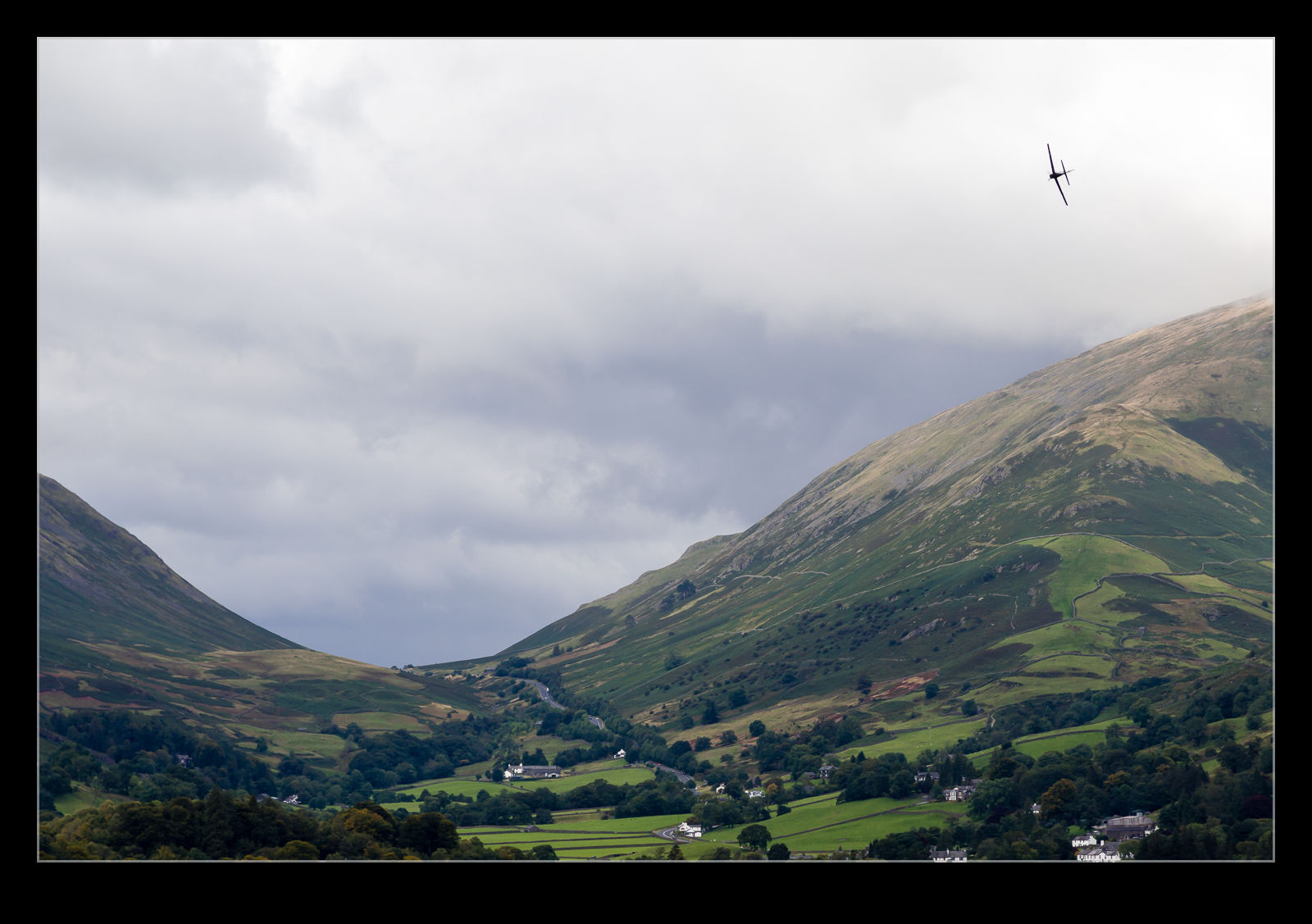 A few times we saw Hawks zipping over the town while we were outside. We were generally getting ready to go somewhere else and they caught me out as they came through. On one hike I took a long lens with me. Of course, this didn’t go to plan. Most of the time I was looking at some lovely scenery so I had a wide lens on the camera. This was the time the RAF chose to show up. No jets this time but a selection of Tucano turboprop trainers. I wasn’t expecting them when they came through so grabbed the camera with the lens I had on at the time and got a few shots. These won’t be of much use to me but they do remind me of the excitement of being caught out be a low flying plane of any type.
A few times we saw Hawks zipping over the town while we were outside. We were generally getting ready to go somewhere else and they caught me out as they came through. On one hike I took a long lens with me. Of course, this didn’t go to plan. Most of the time I was looking at some lovely scenery so I had a wide lens on the camera. This was the time the RAF chose to show up. No jets this time but a selection of Tucano turboprop trainers. I wasn’t expecting them when they came through so grabbed the camera with the lens I had on at the time and got a few shots. These won’t be of much use to me but they do remind me of the excitement of being caught out be a low flying plane of any type.
Farnborough ’92 – The Rest
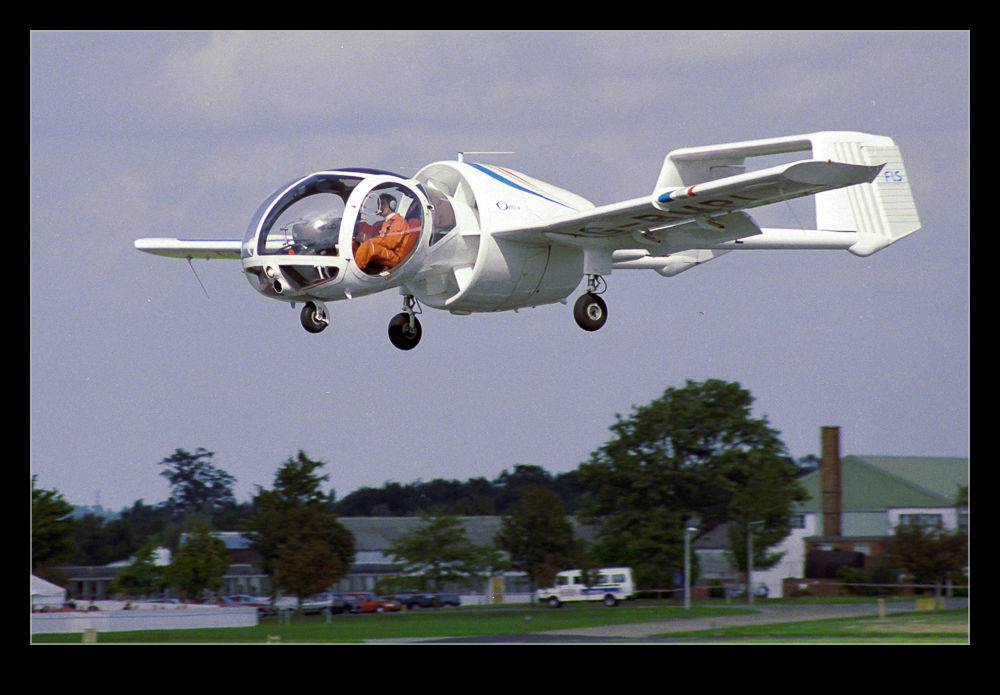 The attendance of the Russian contingent at Farnborough in 1992 was pretty impressive but they weren’t the only game in town. There were plenty of other aircraft on display. The Rafale prototype was there to follow up from the demonstrator a few years before. The first A340 was also part of the flying display.
The attendance of the Russian contingent at Farnborough in 1992 was pretty impressive but they weren’t the only game in town. There were plenty of other aircraft on display. The Rafale prototype was there to follow up from the demonstrator a few years before. The first A340 was also part of the flying display.
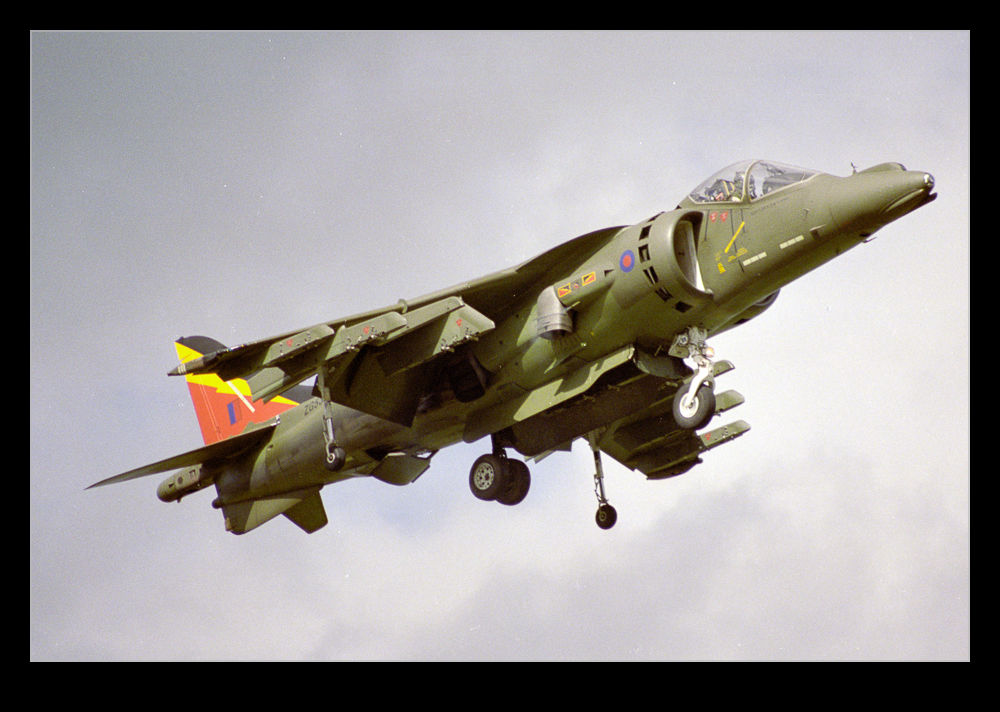 Plenty of smaller types were on show including the Optica and the Pillan. Harriers and Hawks flew and the Gripen development program was represented by one of their jets. The Tucano for the RAF was taking part and the US military had a Black Hawk in the static display. Quite a variety of stuff to enjoy and interesting to see what is still in production today and what has disappeared from service.
Plenty of smaller types were on show including the Optica and the Pillan. Harriers and Hawks flew and the Gripen development program was represented by one of their jets. The Tucano for the RAF was taking part and the US military had a Black Hawk in the static display. Quite a variety of stuff to enjoy and interesting to see what is still in production today and what has disappeared from service.

